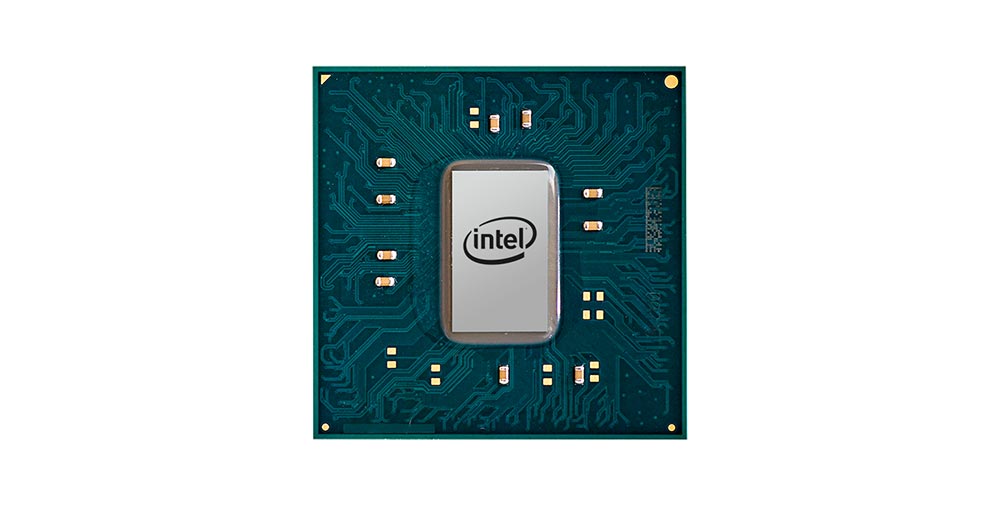Intel Xeon vs i7
Which Intel chip is best for your needs?


Figuring out if you should use an Intel Xeon processor or go for a Core i7 one is not an easy task. The reason being is that there are hundred to choose from.
The Xeon brand has been used by Intel since 1998 and it targeted at non-consumer desktops and servers. The i7 processor is part of Intel’s Core line of processors and is at the higher end of that family. Core i7 debuted alongside the i3 and i5 with the release of the Nehalem microarchitecture in November 2008.
With new processors coming out all the time and i7 vying alongside Xeon for the higher-end processing needs, the biggest question is which one should you put in your PC? We take a high-level look at Xeon vs i7, giving you the information you need to make a choice.
Intel Xeon vs i7 news
Intel Xeon in depth
Intel Xeon processors came along in 1998 as Intel’s bid for the high-end workstation and server market. Its advantages are down to having multi-socket capabilities, more processor cores and support for ECC memory.
The latest next generation processor in the Xeon range to be spotted is a Skylake-based Xeon V5. According to this report in WCCFtech, the processors start at four cores going all the way up to 28 cores.
This also unveiled Intel’s Purley platform, which scalable and supports 2S, 4S and 8S chips in the Skylake-EP and Skylake-EN line-up. This features Storm Lake Gen 1 architecture, which is the firm’s next generation Omni-Path interconnect and promises 100 GB/s interconnect speed with 56% lower latency compared to the current generation InfiniBand interconnect.
This also has an updated socket with 3647 pins, hence the LGA 3647 name. The socket boasts 12 DDR4 DIMM slots to support hexa-channel memory and Intel’s Optane DIMMs for faster latency solutions.
The biggest Xeon chip is the 28 core, 56 thread SKU that is clocked at 1.8 GHz and has a TDP rated at 165W.
Core i7 in depth
The Core i7 is aimed at high-end workstations and gaming platforms. These processors typically have quad-core and hyperthreading, meaning that eight threads can be served at the same time. Within the 6th-generation Skylake chip family, i7s have the highest data cache with 8MB.
The top end of the Core i7 is the Skylake-based i7-6900K. It boasts the ability to overclock and you will most likely need separate cooling for it to function properly.
To confuse matters, there is also an “Extreme Edition” i7-6950X. This offers a bigger cache (25MB) but a lower clock speed of 3.0GHz. It also boasts 10 cores with 20 threads. (compare with the i7-6000K, which has a 20MB cache, 3.2GHz clock speed and eight cores with 16 threads).
Xeon vs. i7: the impact for resellers and retailers
On the face of it, there is very little to differentiate between a high-end Xeon and high-end Core i7 processor. However, it is still the case that the Xeon is more geared towards server applications and high-end workstation. The Core i7 is more useful in consumer and business settings.
Xeon processors do have many more cores than the i7, making it particularly efficient for high-end design work, database processing, virtual servers, and so on. Xeons also boast greater L3 cache which can speed up processing times. Core i7 generally have half the amount of cache.
Xeon supports EEC memory, which is important when dealing with sensitive data, such as financial or research applications as it can find and fix corrupt data.
Meanwhile, Core i7 chips can be overclocked, which is great for gamers or those using video editing tools, Xeons can’t be easily overclocked but in doing so, no great performance improvement is likely to be observed.
Core i7 chips are generally a lot less expensive that Xeon processors, so you do get more speed per pound from a Core processor.
Overall, Xeon is built for reliability while Core i7 built for speed, making the former better for high-end demanding tasks and the latter for lower-end applications.
ChannelPro Newsletter
Stay up to date with the latest Channel industry news and analysis with our twice-weekly newsletter
Rene Millman is a freelance writer and broadcaster who covers cybersecurity, AI, IoT, and the cloud. He also works as a contributing analyst at GigaOm and has previously worked as an analyst for Gartner covering the infrastructure market. He has made numerous television appearances to give his views and expertise on technology trends and companies that affect and shape our lives. You can follow Rene Millman on Twitter.

